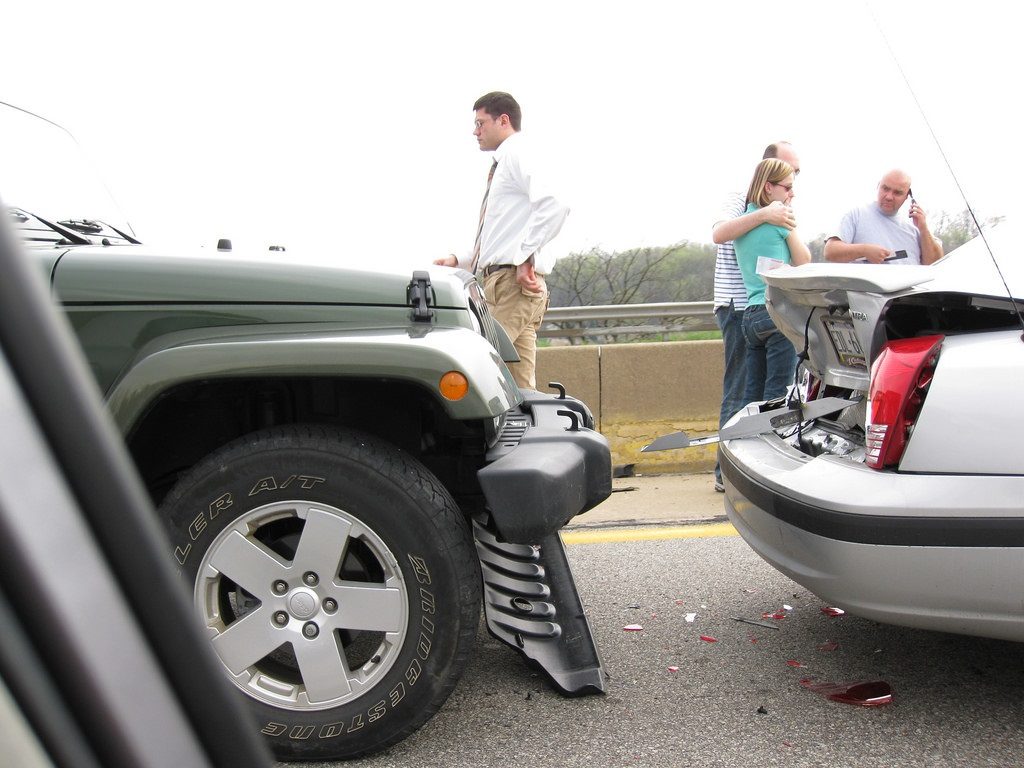A pedestrian was struck while walking along Kiddville Road in Montgomery County and thrown into Lulbegrud Creek. The accident happened on December 26, and the pedestrian had to be airlifted to the University of Kentucky Chandler hospital where he was treated for serious injuries and hypothermia. No word on the condition of the victim or whether the driver will be charged.
Air Ambulances
There’s no question that air ambulances, also called life flights, save lives. As of 2016, there are over 1,000 air ambulance services that transported over 500,000 patients to hospitals around the country. In many of these cases, the patient would have died without the service.
When are Air Ambulances Used?
What can trigger a call for an air ambulance is a point of some controversy. By design, it is reserved to cases where the patient needs to get to a hospital quickly or they may die or suffer greater serious physical injury such as paralysis, brain damage or loss of vision. However, those in the industry say that many times it is unnecessary to call the air ambulance, and it ties up resources that may be needed for more urgent medical needs.
Who Makes the Decision?
In most cases, it is the trained EMS personnel on the ground who make the decision to use the air ambulance. Surprisingly, there is a lack of industry-wide protocols that dictate when the airlift should be used. Rather it is usually left to the senior paramedic or EMS personnel at the scene. Some hospitals have requirements that someone at the hospital “sign off” on the airlift, but that policy is criticized for slowing down the process and costing precious time.
Poor Decisions
In many cases, poor decisions on the ground become costly for the patient. In a study done by the National Center for Biotechnology Information, most of the decisions made for triage at the scene—which includes life flight services—comes from the “gut feeling” of the EMS personnel in charge. The study concluded that over 65 percent of the time, this gut feeling was the primary consideration for making the decision rather than explicit triage material.
So what’s the big deal if a life was saved? The primary problem is the cost. The average air ambulance cost around $50,000 in 2016 up from $13,000 in 2007. Why the increase? Experts suggest that part is the rising cost of healthcare generally, but the other is because Medicaid only pays around $7,000 and private insurance sometimes even pays less leaving the bulk to the patient. Many patients can’t pay and air service companies are forced to pass that cost to those who can pay.
Some even suggest that these rising costs are from pressure by air flight companies to local EMS personnel and hospitals to push for flights so they can cover their costs. While there is no hard evidence this is happening, it is a prevailing concern in the industry.
In one case, in 2013 two children were transported by air ambulance to a trauma center for minor injuries over the objections of the parents who were then left with a $29,000 bill that their insurance won’t cover.
So What can be Done?
In Virginia, a new law scheduled to take place on March 1, 2019, patients and parents will have the final say so over whether a life flight is used. This takes care of some of the problem, but it doesn’t address the real problem of the overuse of air ambulances as many times the patient will defer to those professionals at the scene. What is needed is a uniform set of criteria that must be followed by all air flight companies.
Steve Whitehead, a firefighter/paramedic with the South Metro Fire Rescue Authority in Colorado suggests the acronym FALTER can help ems personnel make these decisions.
F is for Fear: If there is a genuine fear among medical personnel on the ground that they are unable to handle the situation and the patient might die or suffer greater serious injury, then it should be considered.
A is for Access: Is there proper access to accept the flight near the accident to make it worth it?
L is for Lazy: This is a gut-check for the EMS on the scene. Is the reason because it is just easier?
T is for Time: Does it really save time? Consider the time for the flight to arrive, fly and unload.
E is for Extraction: Is extraction necessary? Is the patient really “sick and stuck” and in need of transport?
R is for Real: One last check is to see if the need is real and if the air flight would really save time. Account for the flight to the scene, time to get to the chopper, the flight given by air traffic control, and finally is the hospital heli-pad available?
Air transport can be one of the hidden costs associated with a serious injury that resulted from someone else’s negligence. When this happens, consider consulting with an attorney who can help you work with the insurance company of the one who caused your injuries.
Call the attorneys at Kaufman & Stigger, PLLC, and they will stand behind you to make sure that you are treated fairly and that you get the highest compensation allowed by the law.
When you call Kaufman & Stigger, PLLC, at 800 937-8443, you will immediately speak to a member of the legal team and not a message machine. You can also Live Chat with an expert who can immediately began helping you with your claim.


